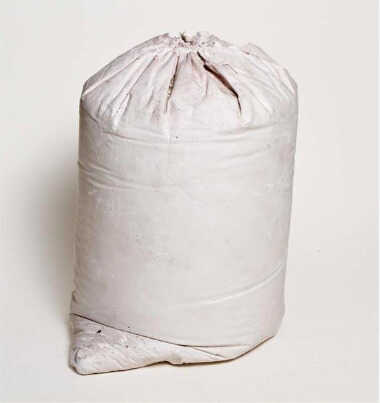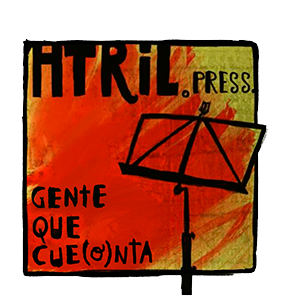
Objeto Pop, s/f
It happened many years ago, at the Tate Gallery in Liverpool, England.
I literally tripped over a sack full of what looked like cement or sand.
I thought they were doing renovation works, and someone had left a sandbag in the middle of the room. I almost told the guard that the bag in question was unsafe, as it seemed to be a very busy area.
But suddenly, I noticed the sandbag was the protagonist of the room. The name of the work was simply that: Sandbag.
When I visit a museum, it often happens to me that I tremble before the intimate silence, the sacred territory that occurs between the observer and the artist.
In this case, in front of the sandbag, I felt neutral.
I sat down on a bench to carefully observe this piece of art.
The bench creaked.
My mind full of fairies, tried to decipher the meaning of what I had in front of me.
Perhaps the sack represents this expired container that we call the body, and the sand reflects man’s existential loneliness.
If at least the artist had titled it, Self-portrait, or Still Life, he would have given us some clue.
But no, Sandbag.
The bench creaked again.
The guard approached me and gave me a reprimand. The bench was part of the art installation.
I left the room, ashamed of my ignorance, but in the end, I considered it a lesson.
Perhaps the artist wanted to express just that: a sandbag… and a little bench.
Honesty, that forgotten virtue, must also be a form of art.
From this experience I also learned another lesson.
The next time I visit a contemporary art museum, before sitting on the bench, I will ask.

Leonor Henríquez (Caracas, Venezuela) Civil Engineer by training (UCAB 1985), writer and apprentice poet by vocation. From a very young age she participated in creative writing workshops at CELARG, Caracas. Her fictions were published in the anthology Voces Nuevas (1990-91), and later her testimonial, Existe la Luz (1995). From her time in engineering emerged her Office Stories (1997), another way of seeing the corporate world. Her latest publications include reflections on grief, Hopecrumbs (2020) and “The Adventures of Chispita” (2021), a children’s story, an allegory of life inside Mom’s belly.
Today she shares her “impulsive meditations” from Calgary, Canada, where she lives.
leonorcanada@gmail.com
